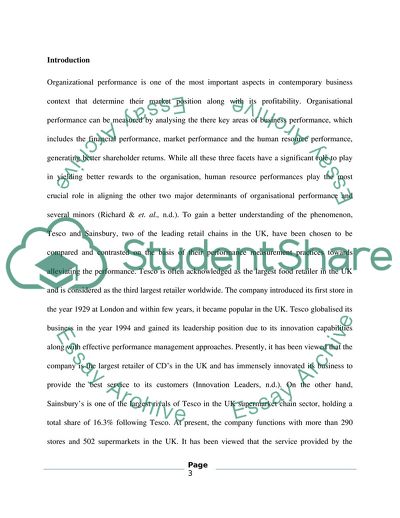Cite this document
(Improving Organisational Performance Essay Example | Topics and Well Written Essays - 2750 words, n.d.)
Improving Organisational Performance Essay Example | Topics and Well Written Essays - 2750 words. https://studentshare.org/human-resources/1825475-improving-organisational-performance
Improving Organisational Performance Essay Example | Topics and Well Written Essays - 2750 words. https://studentshare.org/human-resources/1825475-improving-organisational-performance
(Improving Organisational Performance Essay Example | Topics and Well Written Essays - 2750 Words)
Improving Organisational Performance Essay Example | Topics and Well Written Essays - 2750 Words. https://studentshare.org/human-resources/1825475-improving-organisational-performance.
Improving Organisational Performance Essay Example | Topics and Well Written Essays - 2750 Words. https://studentshare.org/human-resources/1825475-improving-organisational-performance.
“Improving Organisational Performance Essay Example | Topics and Well Written Essays - 2750 Words”. https://studentshare.org/human-resources/1825475-improving-organisational-performance.


